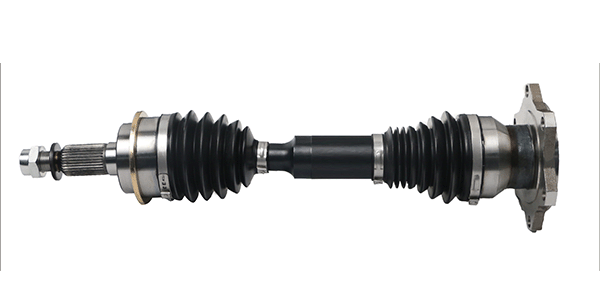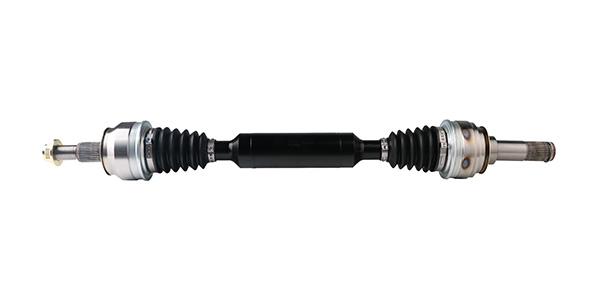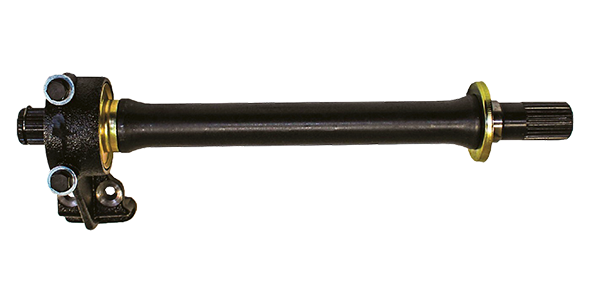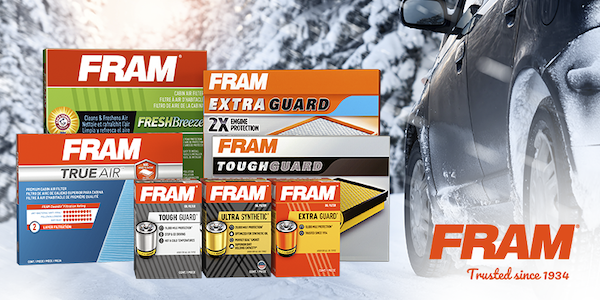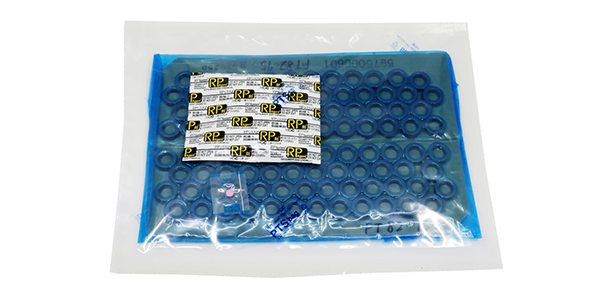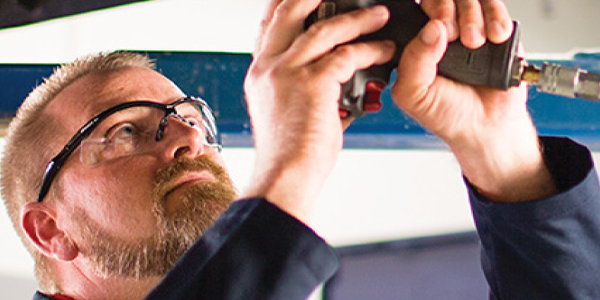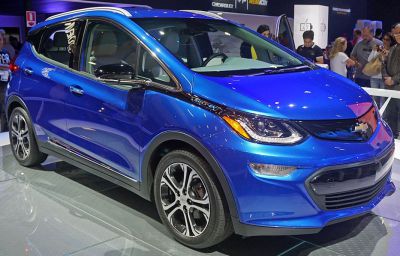

 If you spend enough time on some of today’s automotive forums, eventually you will stumble upon a comment from a consumer who believes electric vehicles (EVs) don’t have any moving parts. Obviously, this isn’t true. EVs have plenty of moving parts, including water pumps. In fact, many EVs have more water pumps than internal combustion engine vehicles (ICEVs)!
If you spend enough time on some of today’s automotive forums, eventually you will stumble upon a comment from a consumer who believes electric vehicles (EVs) don’t have any moving parts. Obviously, this isn’t true. EVs have plenty of moving parts, including water pumps. In fact, many EVs have more water pumps than internal combustion engine vehicles (ICEVs)!
Electric Vehicles Can Overheat Too
Electric vehicles produce heat in a few ways:
- Batteries produce significant amounts of heat as they both charge and discharge
- Onboard computers generate heat as they operate
- Inverters and electric motors generate substantial amounts of heat
- Charging circuitry creates heat
If any of these systems overheat, damage is the result. So, to make sure these systems stay cool, EV manufacturers typically use liquid cooling. While air-cooling could be used, it’s not always practical. If the electric motor is mounted deep inside the vehicle, for example, it’s difficult to route air to cool it.
In addition, there are a lot of variables when it comes to air-cooling (What’s the ambient air temp? How fast is the vehicle moving?) that impact design. If a liquid cooling system is used, the variables are simpler and the cooling is more consistent.
Obviously, you can’t circulate coolant around the system without a pump of some kind.
EV vs ICEV Water Pumps
While most EVs and ICEVs will use the same type of coolant, the layout and pump type is different for EVs and ICEVs. ICEVs typically use a single mechanical water pump that is driven by the serpentine belt (some ICEVs are being offered now with electric water pumps, a trend that we expect to grow).
EVs typically use multiple electric water pumps that are turned on and off as needed (think electric fan assembly versus a fan with fan clutch). Electric water pumps also experience less stress during operation since they are not driven by a belt with high tension. This results in more efficient, targeted cooling and less replacements for electric vehicles.
While electric water pumps are a bit more complex in terms of design, the fact that most EVs have multiple cooling pumps might just give EVs the “edge” in terms of reliability. All things being equal, two parts are less likely to fail than one part, after all.
As EVs become more common, consumers will come to learn that they have many of the same moving parts that ICEVs do – including water pumps.
This article was sponsored by GMB North America, Inc. For more information, please visit our website at www.gmb.net






